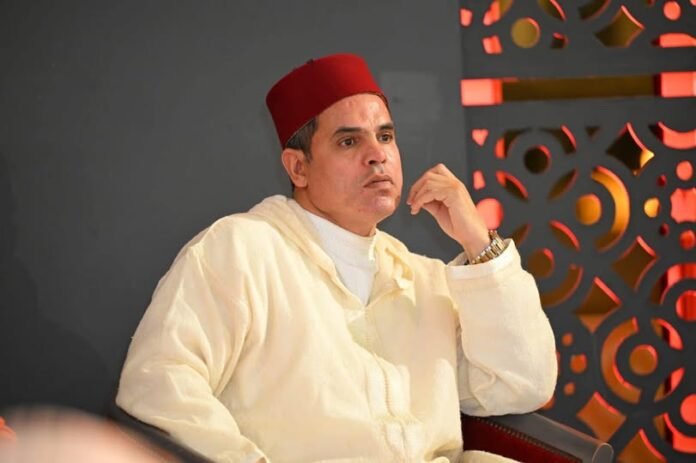At a time when issues of religious coexistence and cultural diversity pose global challenges, Morocco remains an exceptional example, as highlighted by Dr. Abd Ennabi Aidoudi in his important article titled “Moroccan Jews: Social, Religious Traits and Dimensions of Morocco’s Unique Coexistence.”
Social Traits: Genuine Integration into the National Fabric
Dr. Aidoudi affirms that Moroccan Jews have always been an integral part of the Moroccan social fabric, far from being a marginal community as sometimes perceived. Historical records attest to their active participation in economic, political, and cultural life—owning agricultural lands, engaging in trade and industry, and serving the state.
But does this participation and integration still thrive today with the same vitality? Is this heritage and history sufficiently valued in media and educational institutions? These questions remain open amid ongoing social and political changes.
Religious and Cultural Dimensions: Renewed Rites and Traditions
Moroccan coexistence is distinguished by a unique interaction between the two communities, notably through religious festivals and rites with a distinct Moroccan imprint, such as the “Mimouna” celebration, which symbolizes a social space for rapprochement and exchange between Jews and Muslims—a living sign of mutual respect and fraternity.
However, the question remains whether these traditions retain the same presence and vitality today, and whether institutions actively support their continuity and promotion within Moroccan society.
An Experience of Coexistence: Stability and Continuity Through History
It is undeniable that Morocco distinguished itself from other regions like Andalusia and the Mashreq through the continuity of coexistence between Jews and Muslims for over two millennia, thanks to factors including royal patronage, the legal flexibility of the Maliki rite, and political stability.
However, it should not be overlooked that many Jews left Morocco in the mid-20th century amidst complex political and social circumstances, raising important questions about the sustainability of this model today and in the future.
Morocco’s Uniqueness in Protecting Jewish Heritage
Following these waves of emigration, Morocco, under royal protection, continued its efforts to preserve Jewish heritage—including synagogues and cemeteries—and incorporated Jewish history into school curricula, making the kingdom a global example in safeguarding religious and historical pluralism.
But does this official protection reflect the reality of the lives of Moroccan Jews today? Does it guarantee them full freedom to express their identity and practice their rites?
Conclusion: Coexistence as a Renewed Civilizational Model
Dr. Aidoudi concludes that Morocco’s experience of coexistence is not merely a historical legacy but a renewed civilizational model based on the values of plurality and national unity, under the motto “God, Homeland, King.”
Maintaining this model requires collective awareness and continuous efforts by the state, civil society, and educational institutions to ensure Morocco remains a cohesive, tolerant society capable of facing contemporary social and political challenges.




